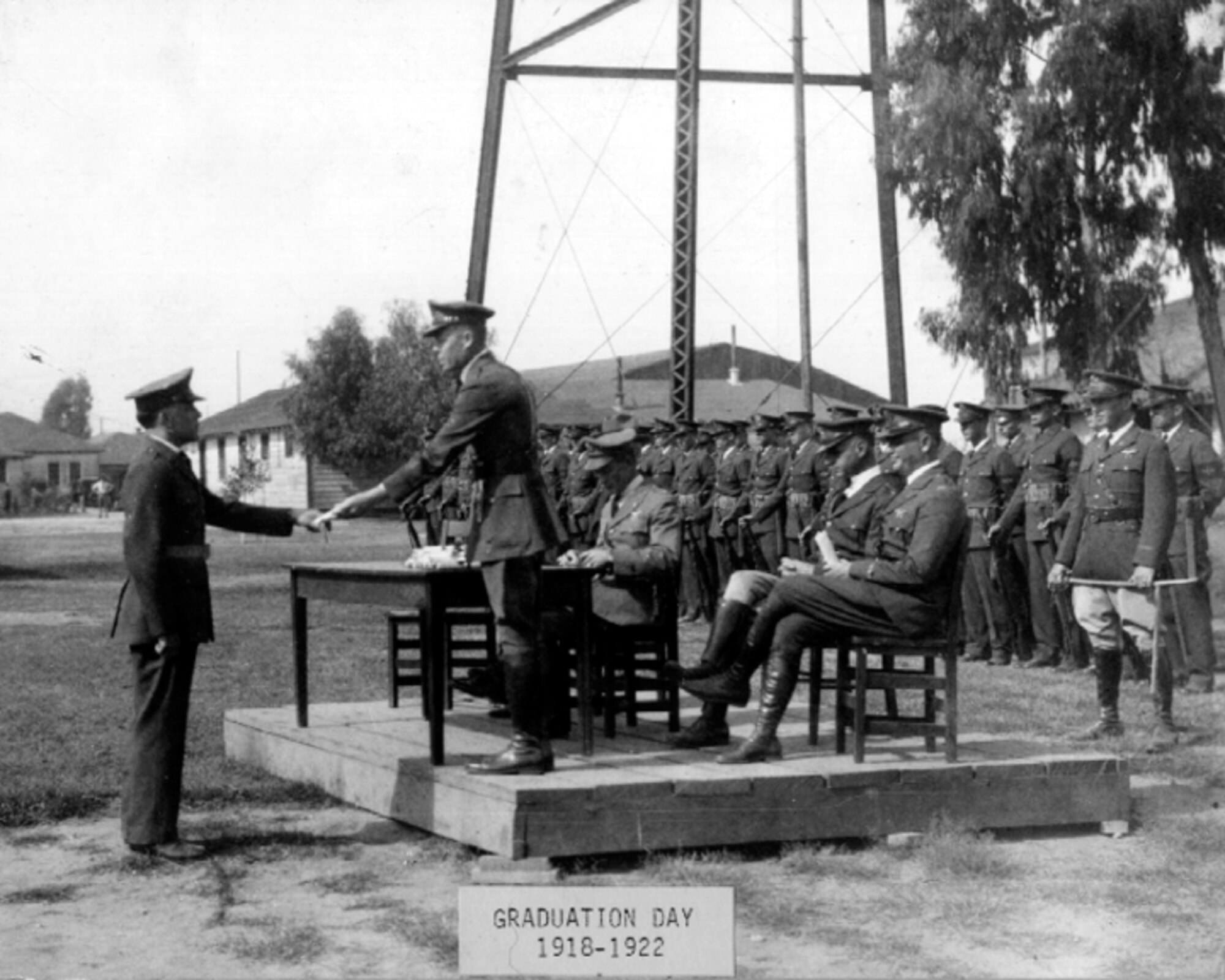
March
Field, located in Riverside,
California, holds a rich history
deeply intertwined with the
development of military aviation in
the United States. Originally
established as Alessandro Flying
Training Field in 1918, it served
as a training base for pilots
during World War I. Over the years,
it underwent several
transformations and played
significant roles in various
military operations, making it a
vital part of the nation's defense
strategy.
The airfield's history
dates back to the early 20th
century when aviation was rapidly
advancing and becoming an integral
part of military operations. In
response to the growing need for
trained aviators, the U.S. Army
established Alessandro Flying
Training Field on the outskirts of
Riverside in 1918. Named after the
nearby Alessandro Heights, the
field primarily focused on training
pilots for combat missions in World
War I.
After the war, the airfield
underwent a series of changes and
expansions. In 1927, it was
officially designated as March
Field in honor of 2nd Lieutenant
Peyton C. March, Jr., an aviator
who died during a training
accident. The field became a
permanent military installation and
served as a key training center for
the Army Air Corps.
During the interwar period,
March Field witnessed significant
developments in aviation technology
and tactics. It became home to
various aircraft squadrons,
including pursuit, bombardment, and
observation units. The field served
as a testing ground for new
aircraft models, weapons systems,
and aerial maneuvers, contributing
to the advancement of military
aviation.
March Field gained further
importance during World War II. It
served as a staging area for the
deployment of troops and equipment
to the Pacific theater. The
airfield became a hub for bomber
squadrons, and its strategic
location on the West Coast
facilitated the transportation of
personnel and supplies to support
the war effort. Additionally, March
Field played a crucial role in
training aircrews and ground
personnel, preparing them for
combat operations.
In the post-war era, March Field
continued to evolve. It became a
primary base for strategic airlift
operations and housed various units
equipped with cargo aircraft. The
installation underwent significant
infrastructure improvements and
witnessed advancements in aviation
technology, including the
introduction of jet-powered
aircraft.
In 1996, March Field
transitioned from an active-duty
airfield to a reserve base. It
became known as March Air Reserve
Base, housing Air Force Reserve and
Air National Guard units. The base
continued its mission of supporting
national defense, conducting
training exercises, and providing
logistical support for military
operations.
Today, March Air Reserve Base
remains a vital military
installation and a significant part
of the local community in
Riverside. It serves as a home to
several units, including the 452nd
Air Mobility Wing, providing
strategic airlift capabilities and
supporting global operations. The
base also contributes to disaster
response efforts, humanitarian
missions, and community outreach
programs.
The history of March Field
reflects the evolution of military
aviation and the important role it
has played in national defense.
From its early days as a training
field to its current status as an
air reserve base, March Field
stands as a testament to the
dedication and service of the men
and women who have served there. It
continues to serve as a symbol of
the nation's commitment to military
excellence and readiness.